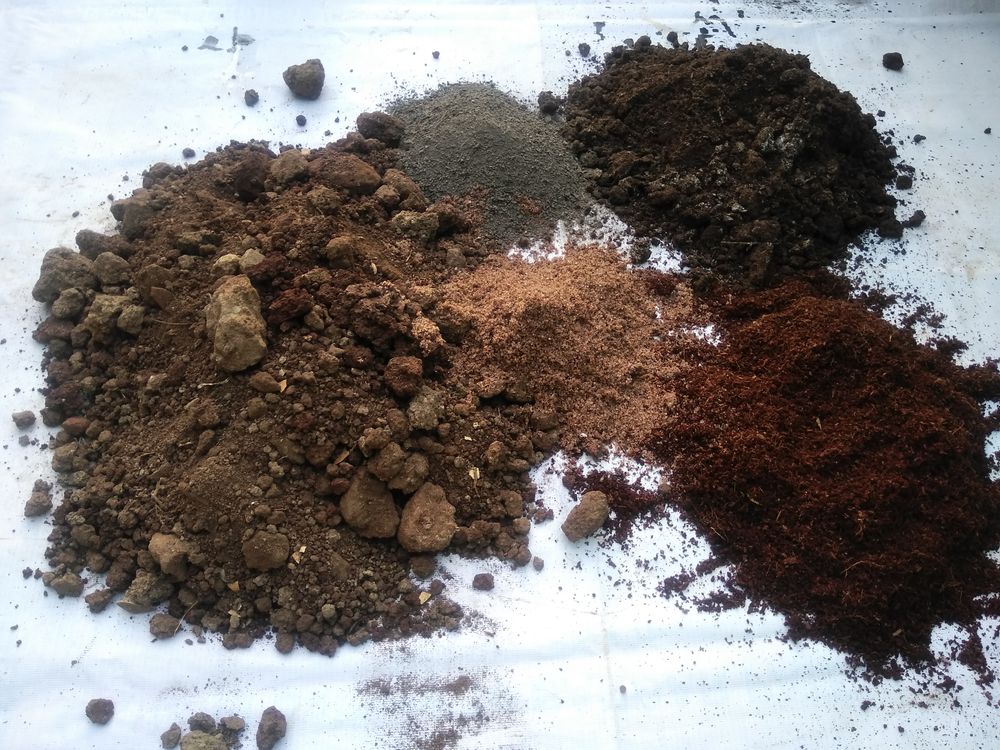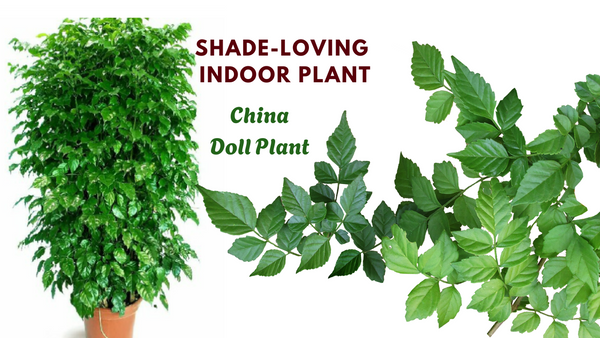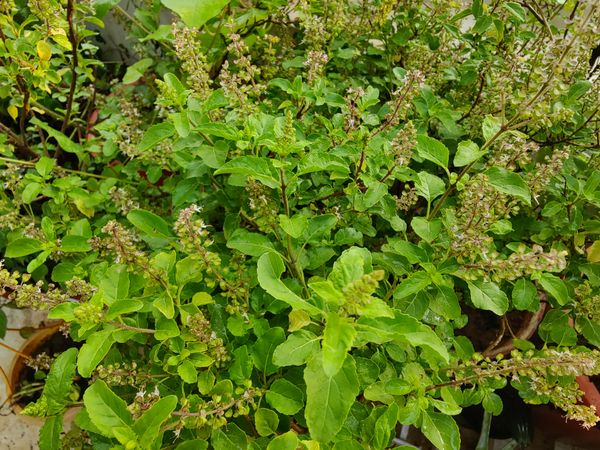Best growing medium for indoor plants (potting mix)🌱🌱🌱| House Plants Notes 008-Varsha Aundhia
For indoor plants, the medium should contain perlite and vermiculite, along with a small amount of compost mixed into the soil. Any type of compost is acceptable. Cattle manure is especially effective. Nothing like cattle manure. The soil should make up at least 40% of the mixture. Avoid growing your indoor plants solely in semi-synthetic media. If using coco peat, it should only make up about 10% to 20% of the mixture. Coco peat is an additive and should not be the sole medium for growing indoor plants.
Perlite, (Improves Drainage)
is a white granular substance that can be used as a substitute for river sand or construction sand and it is lightweight as well. It is commonly added to potting soil to improve drainage for plants, allowing excess water to flow through the soil more easily. Many plants, whether bought online or offline, may contain perlite in their growing medium to help with water drainage. This helps prevent waterlogging. root rot and promotes healthier root growth. However, it's important to note that perlite does not help in nutrient retention in the soil.
Vermiculite, (Retains Nutrients)
is a shiny, golden-yellow-brown mineral that is widely used in gardening and plant cultivation. It is commonly used as a component in potting mixes, both for online and offline plants from the nursery. Vermiculite helps in retaining nutrients in the growing medium, making it an essential component for plant growth. While soil has natural nutrient retention properties, cocopeat, a commonly used growing medium, does not retain nutrients well. Therefore, when using cocopeat as a growing medium, it is important to add vermiculite to improve nutrient retention. Vermiculite is the key component in synthetic growing media for holding nutrients. If cocopeat with a high nutrient content is used without vermiculite, the nutrients will be leached out within one to two weeks. Adding vermiculite to the growing medium is crucial for the long-term health of the plant as it ensures that nutrients are stored and easily accessible to the plant roots. Vermiculite has a high surface area with many negative charges, which attract and hold positively charged nutrient entities, making them available for the plants to absorb as needed.
Recommended Quantity: For a 6-inch wide and 6-inch deep pot, add 1 teaspoon of vermiculite, which is approximately 5 to 6 grams. This amount is more than enough. Sprinkle the vermiculite into the new pot when repotting or planting. After adding the vermiculite to the pot, gently fork the soil to mix it in evenly. Avoid overfilling your pot with perlite or vermiculite.
Soil, (Natural Nutrient Retention)
has a natural ability to hold nutrients due to its numerous cation exchange sites. When growing plants in soil, there is less need for additional amendments like vermiculite and perlite. Instead, the focus is on supplements like bone meal and garden lime, which provide essential nutrients such as phosphorous and calcium.
Synthetic Media (e.g., Cocopeat),
Cocopeat retains moisture. For good results, it has to be added in small quantities to the soil along with other potting mix components. When using synthetic media like cocopeat, it is crucial to incorporate perlite and vermiculite as cocopeat cannot retain a lot of nutrients. Without these additives, the applied nutrients like NPK, banana peel solution, etc. can be quickly lost within the first few days. Vermiculite can retain nutrients, which is essential in a cocopeat-based growing system. Perlite, on the other hand, helps with aeration and drainage in the synthetic media, creating a more suitable environment for plant growth.
Bone meal,(Organic Nutrient Source)
is a fantastic organic source that is rich in calcium and phosphorus, essential nutrients for plant growth. It comes in different grades and is typically a dull white colour. Phosphorus is crucial for both rooting and flowering processes, as it is an energy-releasing molecule that provides the necessary energy for these processes. So phosphorus is important for plants. Phosphorus is a major nutrient for root development and flowering. Phosphorus is very important because only if the plant is established in the new medium it has the next scope of development and energy to bloom. If you prefer to avoid chemical products like DAP containing phosphorus, bone meal can be used along with garden lime, creating a beneficial combination of phosphorus and calcium. Garden lime is whitish and contains only calcium. This combination can be added to the soil or pots to accelerate root development when repotting or reworking plants.
To promote rooting and flowering in plants, it is essential to ensure an adequate supply of phosphorus in the soil. Phosphorus plays a crucial role in establishing plants in a new medium and facilitating their development. For those open to using inorganic or chemical means, a suitable option is to use Di ammonium phosphate (DAP). After repotting, adding a small amount, such as 1 to 2 grams of DAP per pot, can effectively support the plant's growth. This roughly translates to 20 to 25 granules of DAP. After you have planted, sprinkle DAP granules directly onto the soil. Then, use a fork to mix the granules into the soil and water the area thoroughly. It will take one to two days or 3 to 4 days for the material to slowly dissolve and become available to the plants.
As a fellow garden enthusiast, I understand the joy and satisfaction of nurturing plants. The simple acts of mixing soil with the right growing medium—using perlite for drainage, vermiculite for nutrient retention, and a touch of compost & cocopeat—create environments where our plants can truly thrive. Let’s continue to pour our hearts into our gardens, creating little havens of peace and beauty in our homes.
Happy gardening, dear friends. Let's keep growing, together.
love from Varsha Aundhia




